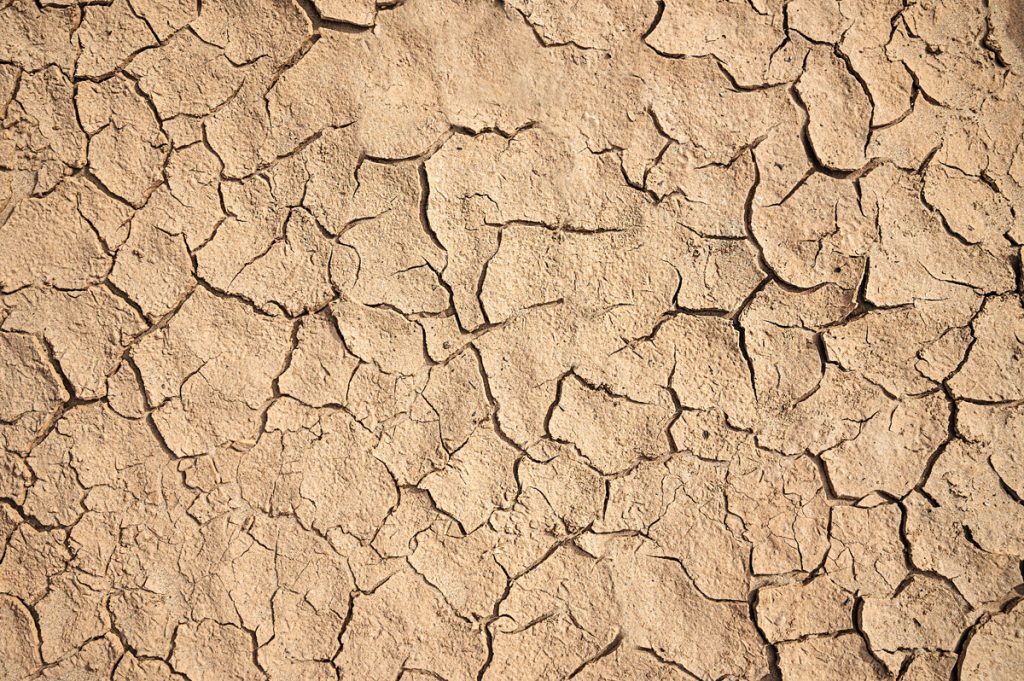Soil is a dynamic mix of mineral particles, organic matter, living organisms, water, and air. Since clay particles are extremely tiny and stack together tightly, clay soil will naturally have smaller pore spaces available for water and air than other soil types. Studying the physical properties of your soil will help you choose appropriate plants and give them a fighting edge.
Pros and Cons of Clay Soil
On the positive side, clay particles hold onto nutrients and make them available to plant roots more readily than coarser soils, a property known as high CEC (cation exchange capacity). Clay soil dries out more slowly than silt or sand, providing plants with a steady supply of moisture. In addition, plants growing in dense soil are less likely to be uprooted by strong winds or frost heaving.
On the downside, clay is very susceptible to compaction and poor drainage. When water fills every available pore space, air that is essential to the survival of plant roots and beneficial soil microorganisms is pushed out. These anaerobic conditions create an environment where certain harmful bacteria and fungi thrive. Bone-dry clay has a tendency to shed water, rather than allowing it to soak in and reach roots. And if salt content is an issue in your region, clay holds onto it, resisting the leaching that clears it from the root zone in sandier soil.
Before selecting plants for your site, it’s essential to determine the soil pH through testing, or by contacting your local agricultural extension service. Master Gardeners or other experienced growers in your area can provide invaluable insights that will help you understand the quirks of your region’s heavy soils.
Learn More:
Here are a few general tips for improving clay soil:
1. Improve it, if you can
Gradually adding composted organic matter is the best way to support the plant roots, soil-dwelling organisms, and diverse microbiome that will open up larger pore spaces and build the structure of your clay soil over time. Make a yearly top-dressing of compost and organic mulch part of your soil-care routine.
2. Timing matters when it comes to planting
When planting in clay soil, wait for a day when the soil is neither too wet nor brick dry. Working in wet clay inevitably results in compaction, and bone-dry clay is impenetrable to the average shovel. As a test, grab a ball of soil and give it a squeeze. If it does not ooze water or stick all over your hands, this is the level of moisture that you want. A ball of clay won’t perfectly crumble like we would expect loam to do, but when worked with the fingers, the edges should crumble.
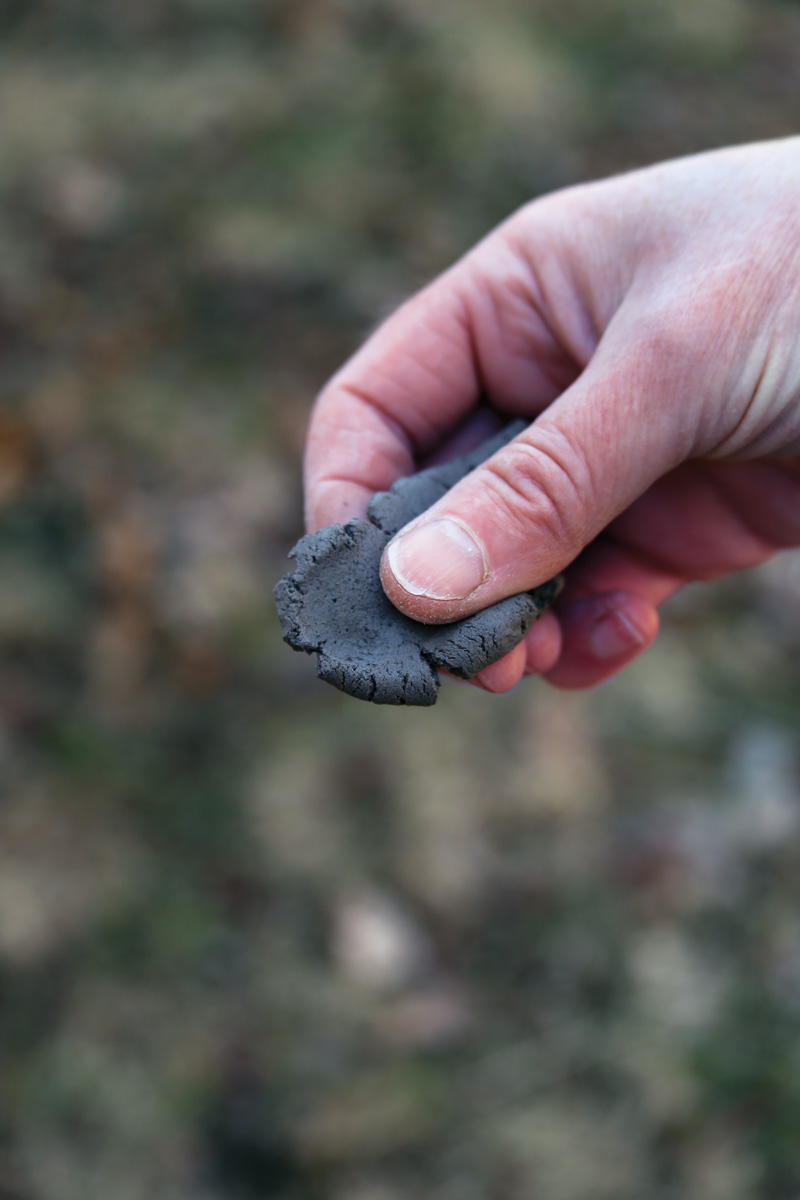
3. Expose roots, and amend clay soil modestly
When you bring home a new plant, wash the majority of potting soil from its roots before planting. If the texture of the potting mix is drastically different from your native soil and you skip the root-washing step, the plant’s roots may never extend beyond the planting hole. Dig a hole that is the same depth as the pot, and twice as wide as deep. Scratch up the sides of the hole to eliminate any smooth glaze that your shovel may have caused. Add no more than 30% total volume of compost to the soil you removed from the hole, completely mixing it until uniform. Gently firm the amended clay around the roots for good contact and to avoid pockets of air, but don’t stomp. Remember, sand and gravel are not organic matter, and should not be added to clay soil.
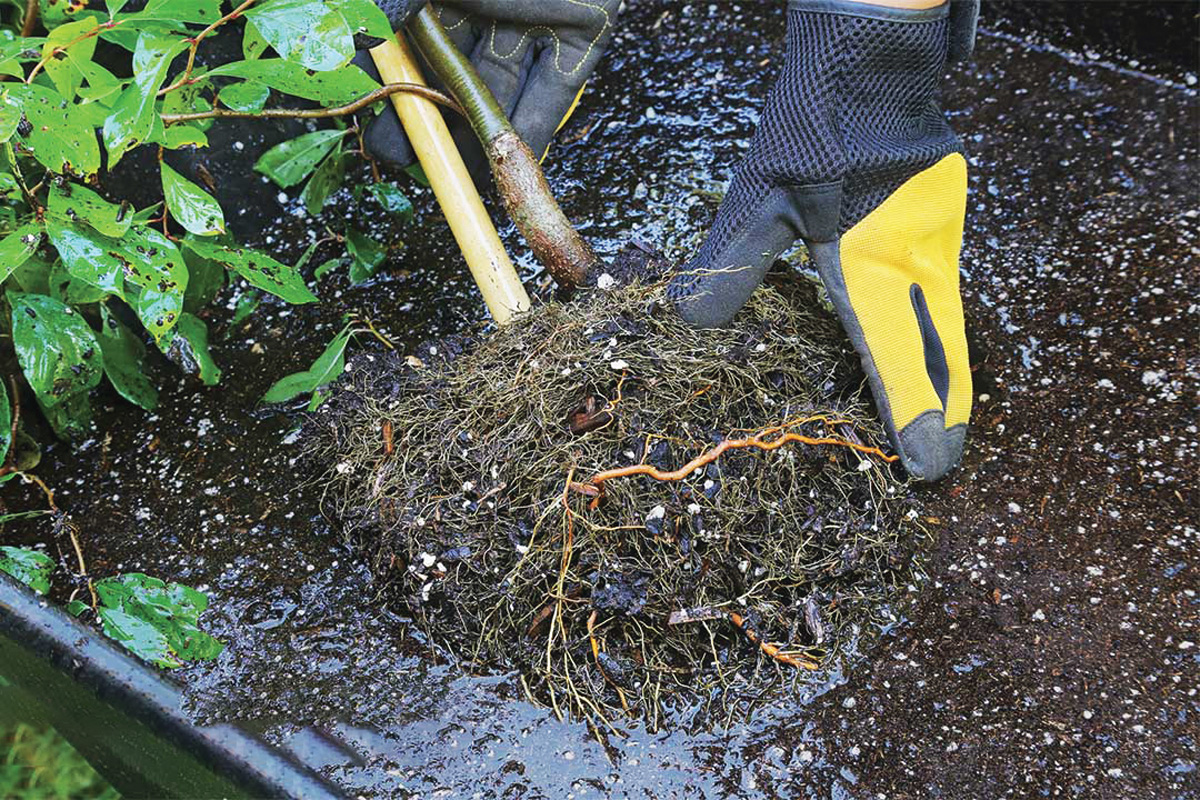
4. Plant level to high, and mulch.
As you’re planting, be sure to spread roots outward rather than straight down, if possible. Planting in slightly mounded soil is a good practice if drainage is a real issue. Otherwise, the root collar of your shrub should be even with the soil around it. If the crown of the plant sinks down after watering and settling in, wait a few days for the soil to dry enough to gently unearth the shrub, and replant it with the crown higher. When settled, top with a bit of compost and a couple of inches of organic mulch, and repeat this top-dressing yearly.
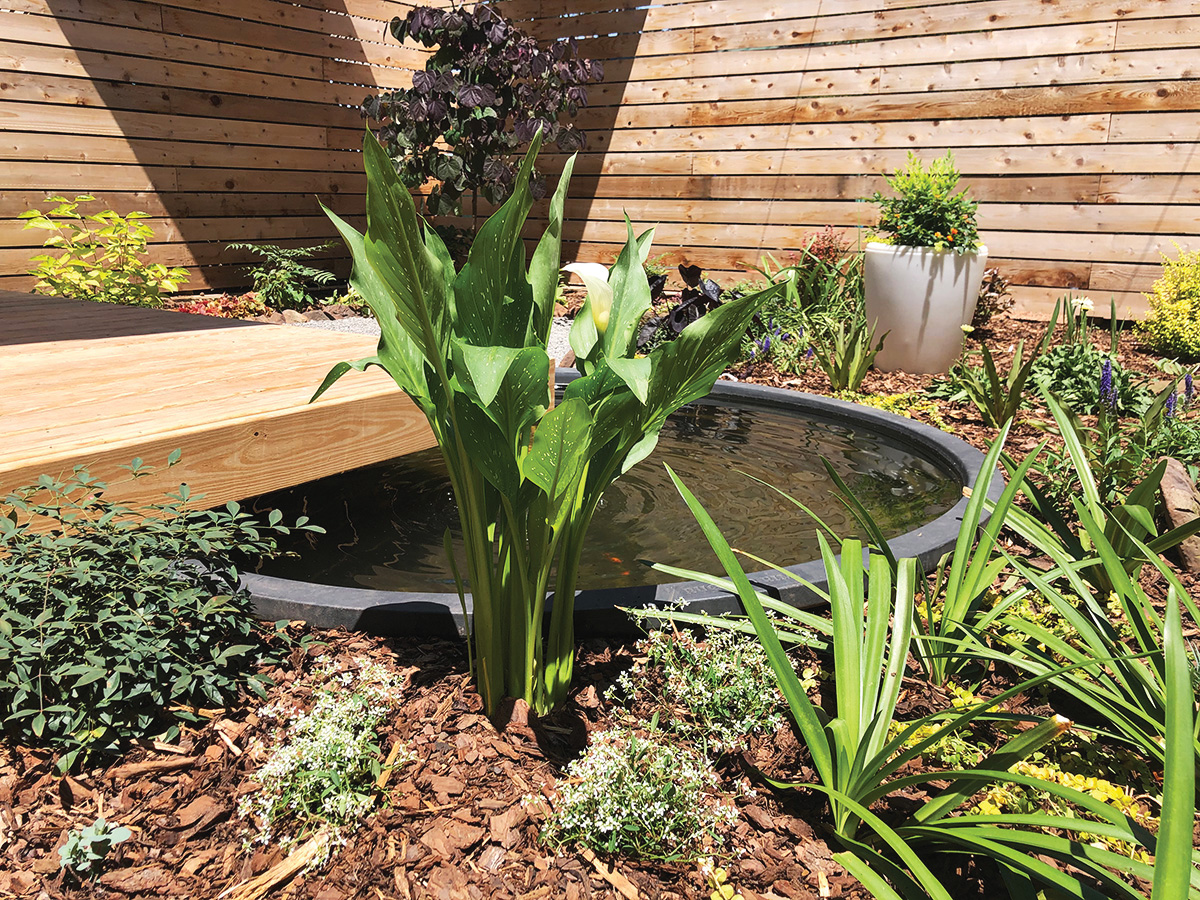
Learn More:
9 Superb Shrubs to Plant in Clay
Check Out Our Garden Photo of the Day!
Let’s Argue About Plants Podcast
Fine Gardening Recommended Products
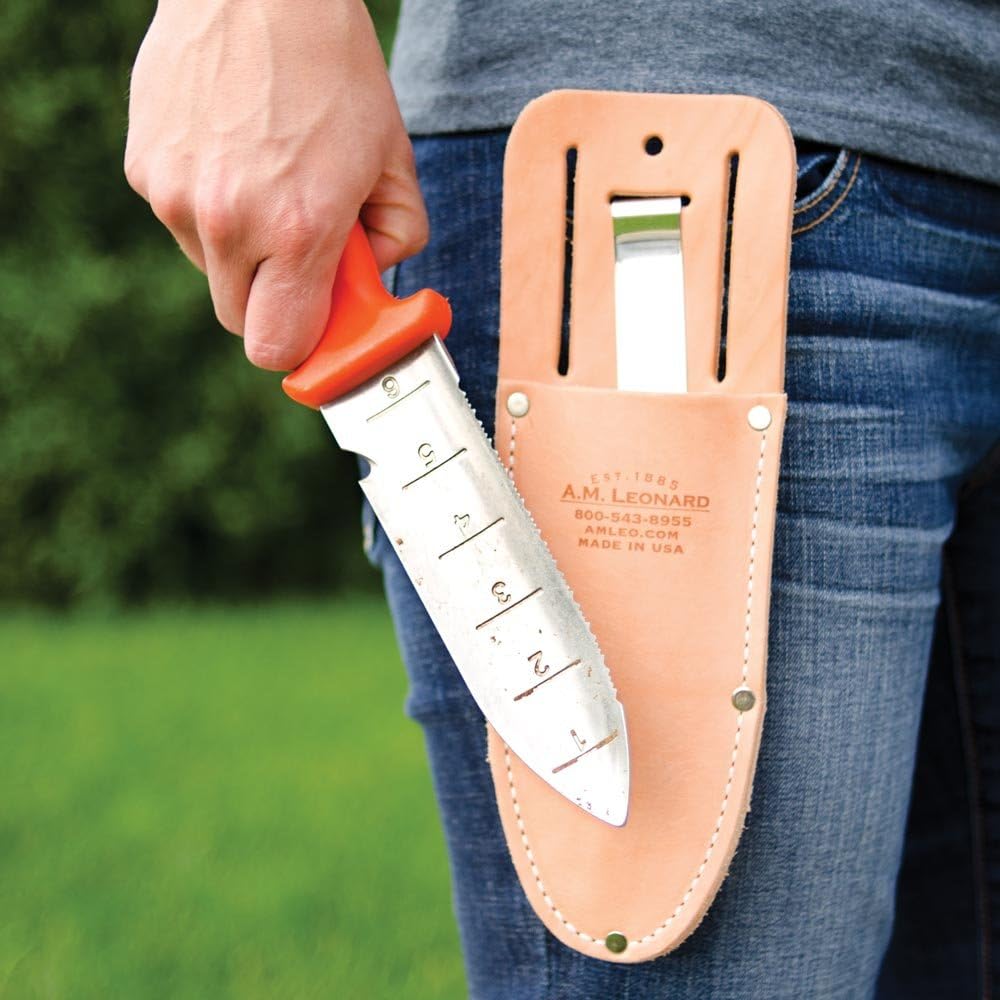
A.M. Leonard Deluxe Soil Knife & Leather Sheath Combo
Fine Gardening receives a commission for items purchased through links on this site, including Amazon Associates and other affiliate advertising programs.
MULTITASKING DUAL EDGES: a deep serrated edge and a tapered slicing edge ideal for tough or delicate cuts. DURABLE 6-inch stainless steel blade withstands 300 lbs of pressure. TWINE CUTTING NOTCH, DEPTH GAUGE MARKINGS & spear point – no need to switch tools when using this garden knife. LEATHER SHEATH: heavy duty, protective, clip on sheath to keep your knife convenient and secure. LIFETIME WARRANTY.
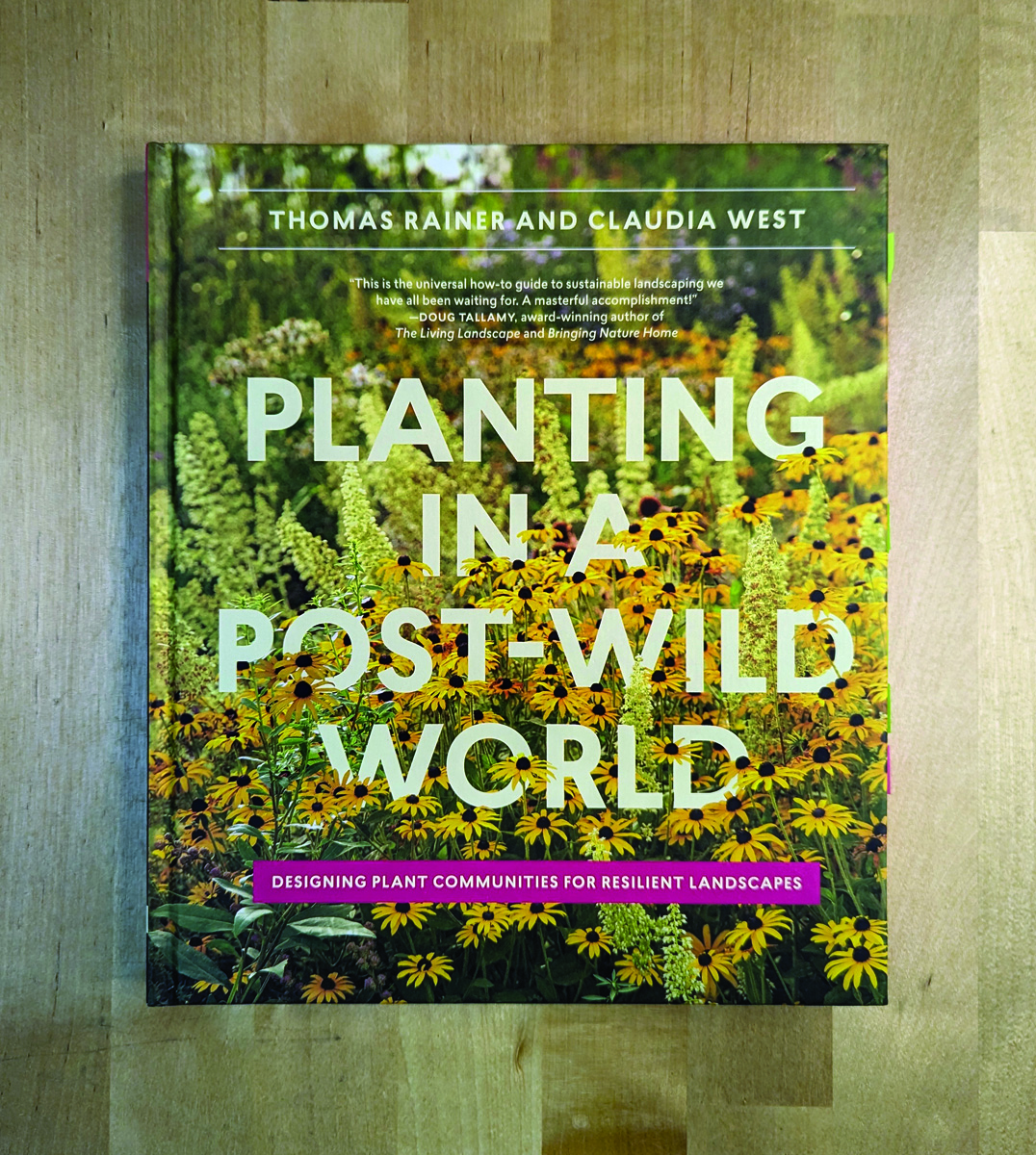
Planting in a Post-Wild World: Designing Plant Communities for Resilient Landscapes
Fine Gardening receives a commission for items purchased through links on this site, including Amazon Associates and other affiliate advertising programs.
Featuring gorgeous photography and advice for landscapers, Planting in a Post-Wild World by Thomas Rainer and Claudia West is dedicated to the idea of a new nature—a hybrid of both the wild and the cultivated—that can nourish in our cities and suburbs.

